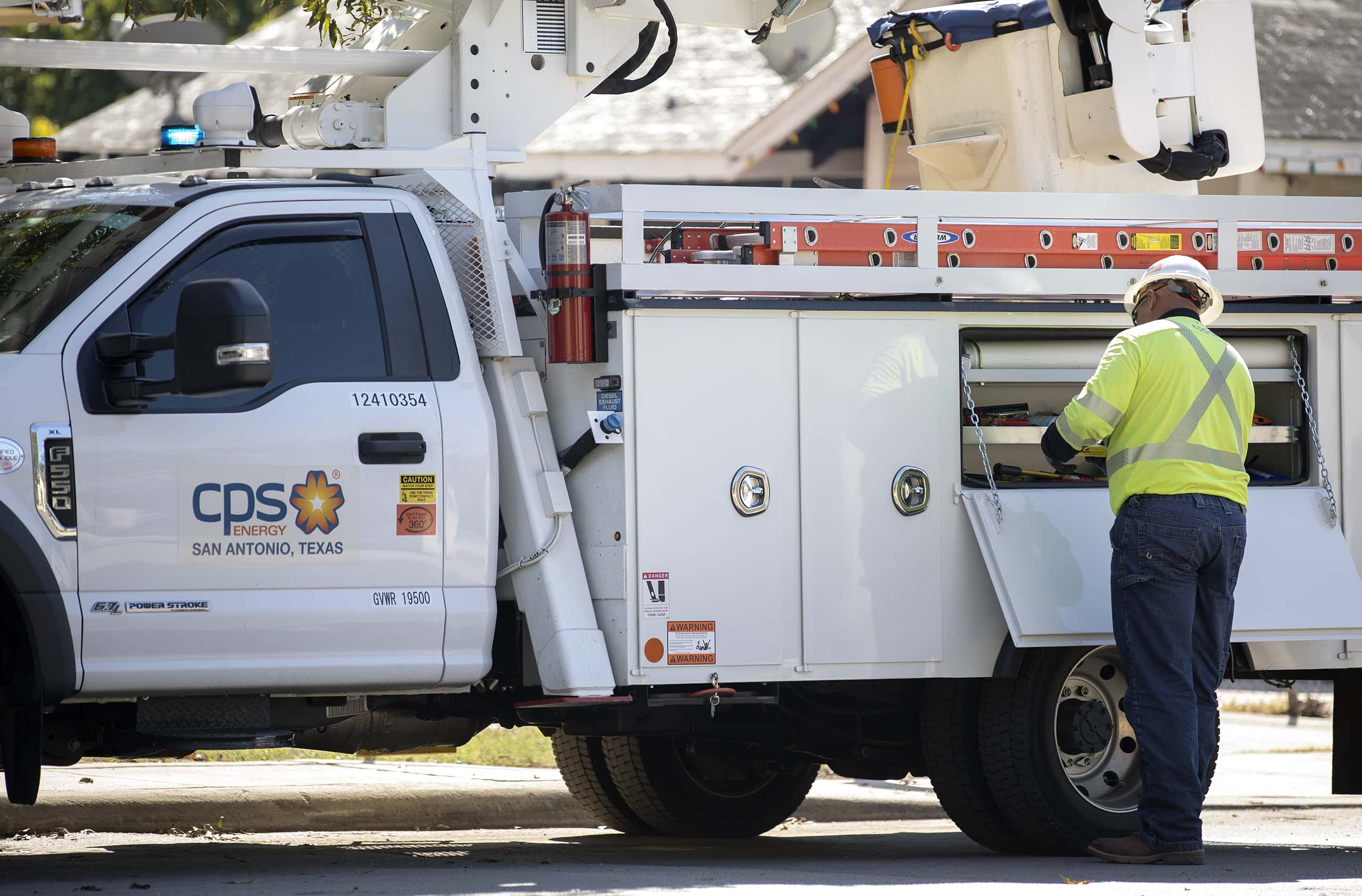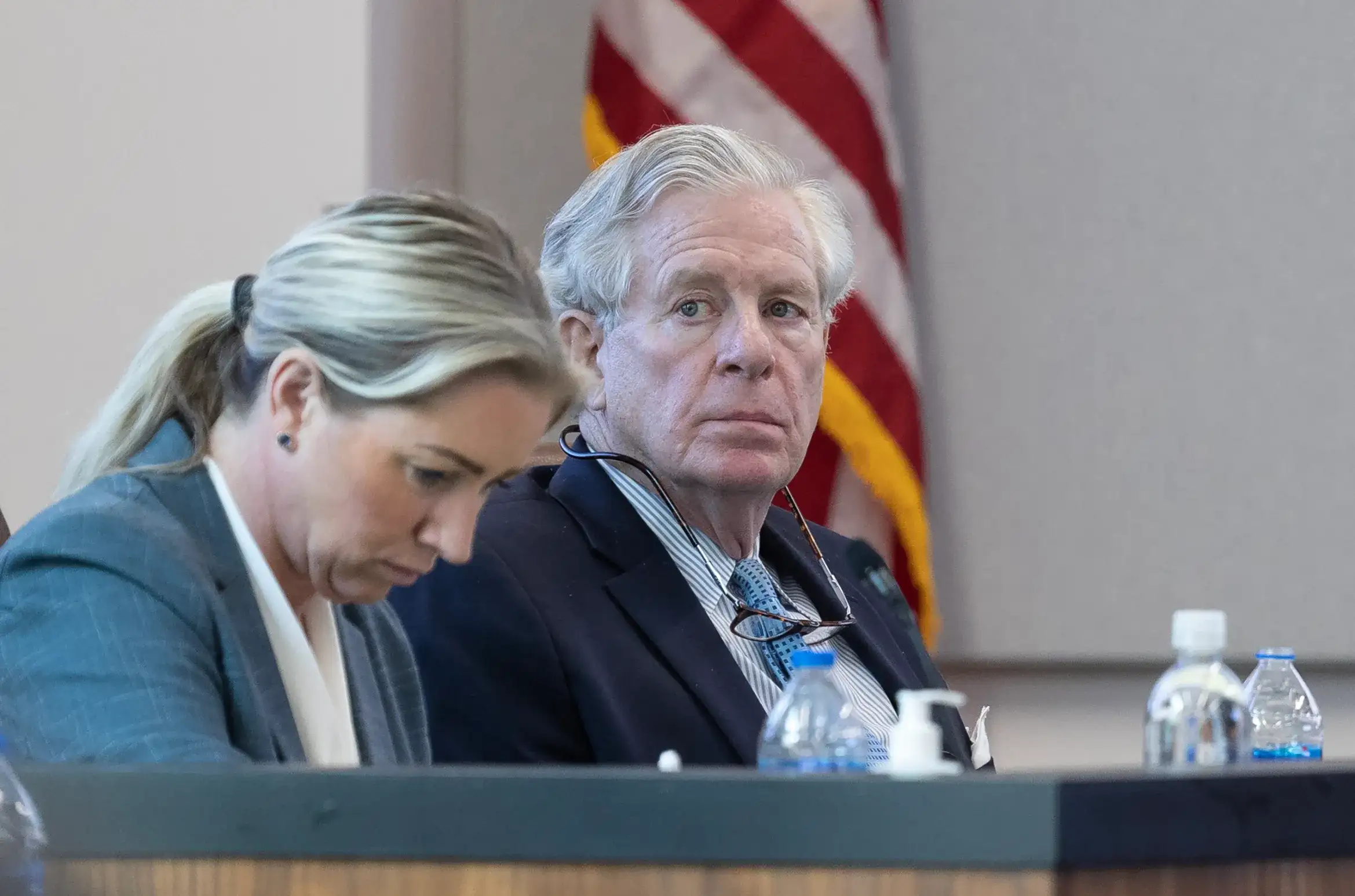During a special board meeting Monday, Trustee John Steen slammed a change in how CPS Energy will measure performance, expressing concern about the utility’s financial stability.

CPS Energy Should Continue To Strive To Outperform Industry Norms To Improve Credit Rating
At a special board meeting on the utility’s strategic strategy, CPS Energy officials discussed the financial and other metrics it hopes to achieve during the current fiscal year. The utility’s fiscal year 2024 began on February 1 of this year.
While the utility met 10 of its 16 targeted indicators in the fiscal year 2023, Steen chastised it in April for failing to meet the remaining six, including numerous financial benchmarks. He has been concerned about the utility’s credit rating for months, as it continues to struggle with cash flow.
Steen objected to several targets being revised without board consent, despite the fact that the adjustments do not require trustee approval. He stated that rather than lowering the bar, the municipally controlled utility should continue to seek to outperform industry norms.
READ ALSO: Alaska Residents Will Receive Their 2022 PFD Payment On June 15
CPS Energy Is In A Liquidity Constraint Due To Consumer Debt
“Because long-established goals aren’t being met, the goalposts are simply moving closer — and this is how our company begins to slip into mediocrity,” Steen explained.
Since 2020, the utility has been in a liquidity constraint, mostly due to consumers who have fallen behind on their bills, initially as a result of the epidemic and now as a result of chronic inflation. If credit rating agencies regard those obligations negatively, rating downgrades would raise the utility’s borrowing costs, which would ultimately be borne by customers.
CPS Energy’s credit rating was reduced by Moody’s Investors Service last year, only two weeks after it secured its first rate hike in eight years. However, CPS Energy’s outlook was revised from negative to stable.
Earlier this year, CPS Energy chairperson Janie Gonzalez informed the San Antonio Report that several of the measures the utility had previously utilized were no longer in accordance with the utility’s strategic objectives.
Steen called attention to two target modifications about the utility’s financials following staff presentations Monday: how many days of cash on hand CPS Energy should have at the conclusion of the fiscal year and what % it should stay below for debt capitalization.
Days cash on hand is the number of days a company can continue to pay its operating expenses in the absence of fresh revenue. Debt capitalization is the ratio of a company’s total outstanding debt to its entire capitalization.
CPS Energy attempted to keep at least 170 days of cash on hand and kept its debt capitalization below 61.7% last fiscal year. It had 166 days of cash on hand at the end of the year and a debt capitalization of 61.8%. According to the presentation on Monday, the utility’s new aim for days cash on hand is 150, and its new debt capitalization goal is less than 65%.
“I’m generally disappointed with where the fiscal year 2024 targets have been set,” Steen stated. “At a previous meeting, I mentioned that management failed to meet six of our ten Tier 1 metric targets last fiscal year.” … I had anticipated that management would use this as a challenge to work even harder and achieve even better in the fiscal year 2024, but the initial result was to lower expectations.”
Staff at CPS Energy and Gonzalez disagreed with Steen’s concerns, claiming that the change in measurements is intended to put CPS Energy more in line with industry standards. Gonzalez’s position was supported by CPS Energy officials, who emphasized that modifying the standards does not imply the utility is less financially healthy.
During the presentation, CPS Energy President and CEO Rudy Garza stated that the utility is seeking new revenue streams.
“We’re going to have to figure out how to diversify our revenue base so that it’s not all coming from our customers,” Garza explained.




